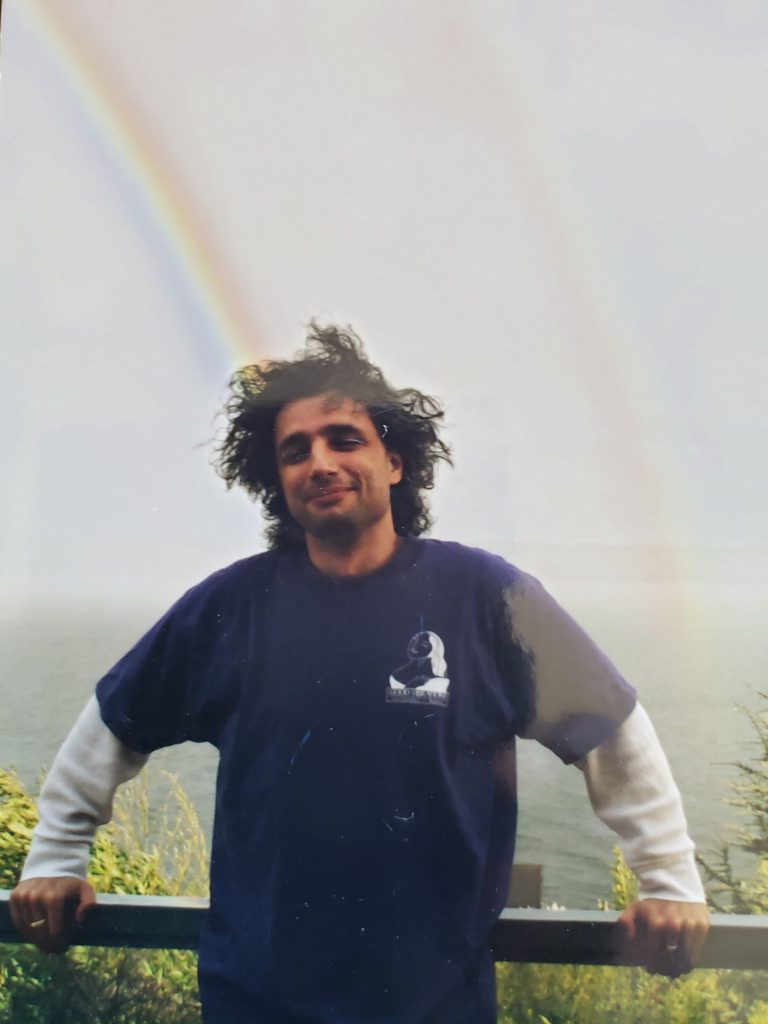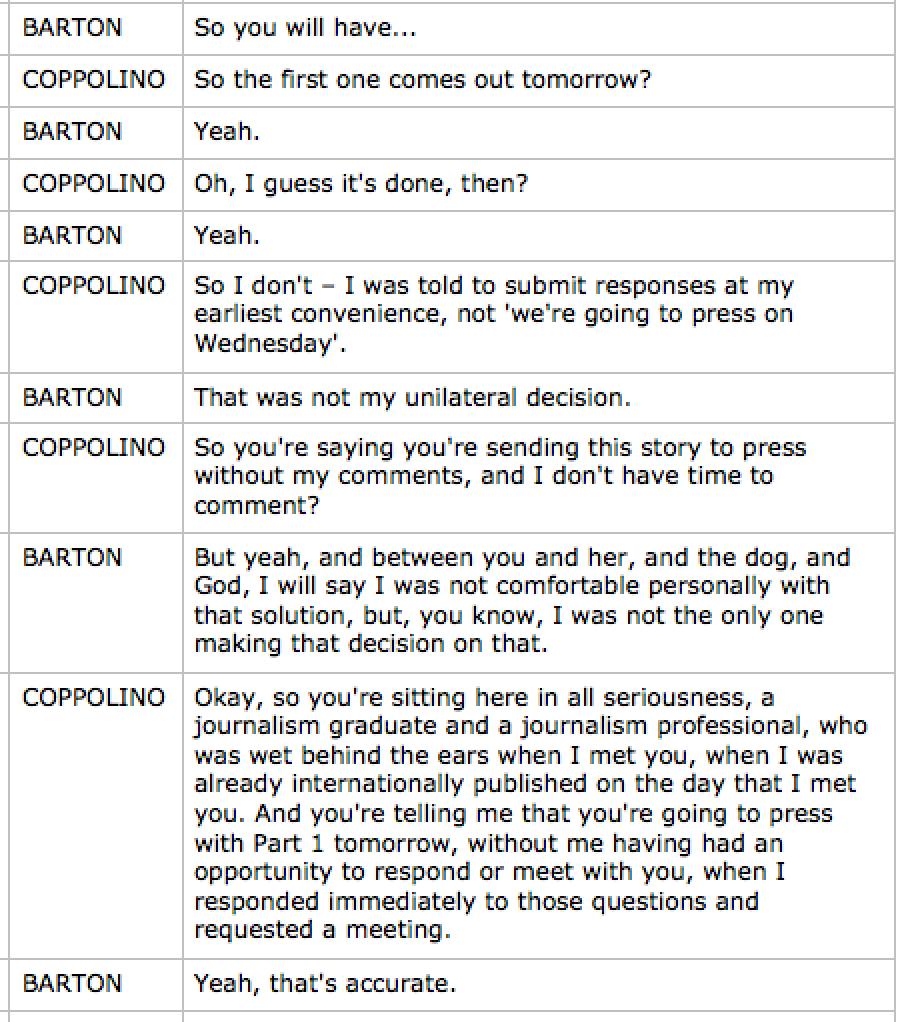Kingston Times writer Jesse Smith, in his article “Bad Moon Rising,” gets one thing right: the energy around this “movement” was coming from the sexually out positions I’ve taken in my column over the past 22 years, in a provincial community. What Smith got wrong is that my coverage of “Me Too” started days after the movement itself, in the New York Daily News, in October 2017.
The rest makes a marvelous study in how to spot false coverage. Smith’s 8,500 word overkill hit job (which appeared on page one of three newspapers, over two weeks — the longest article in his company’s history) is studded with errors, contradictions, documents we never see, anonymous sources (whose identity he did not even know) and some laughably absurd bias. He makes reference to government officials whose names he does not know, but I do. His massive “investigation” is essentially the recycling of rumors spread on Facebook in retaliation for “Take a Step Back.”

Most of all, he omits the fact that we have worked together, and that he’s known me for more than seven years. He omits the fact that his editor has known me since 1990, and his publisher has known me since 1989. None of that gets into the story.
At the time “Take a Step Back” came out, I had been covering the “Me Too” movement for five months in radio, print and internet formats (beginning in the New York Daily News), complete with expert interviews and two reader surveys. “Me Too” fell right into my coverage area of sex, gender and feminism.
Anonymous Sources; No Opportunity to Respond
Smith’s greatest sin as a journalist was falsely claiming that I refused to comment for his articles. Why would I do that?
In fact I was not contacted until the story was finished and going to press. I was not told the story was moving, despite providing many documents to the newspaper throughout the debacle, in the interest of documenting truth.
I was never interviewed and never asked for a quote until after part one had already gone to press.
It is black letter journalistic ethics that a person whose reputation is on the line must be given every opportunity by a newspaper to respond to any claim, statement or accusation. This is not merely about issuing a denial.
This is done for both moral and legal reasons; to not speak with the story subject is evidence of reckless disregard for truth, the most serious form of libel. For example, here is the Washington Post‘s policy on the opportunity to respond.
“No subject should be taken by surprise when the paper appears.”
“People who will be shown in an adverse light in an article must be given a meaningful opportunity to defend themselves. This means making a good-faith effort to give the subject of allegations or criticism sufficient time and information to respond substantively. Whenever possible, the reporter should meet face-to-face with the subject in a sincere effort to understand his or her best arguments.”

From The New York Times editorial policy: “No subject should be taken by surprise when the paper appears, or feel that there was no chance to respond.”
All journalists know this. We might ask why they did not contact me, and instead, plucked various quotes from emails, published works and the transcript I provided for them. This gave the appearance of my involvement but without the reality.
Think about it: a newspaper writes an 8,500 word article series about someone who visited their office almost every day — and does not tell them it’s happening; does not call them for a comment; pretends to not even know them.
Jesse Smith, the author of the article, had known me for about seven years. I still see him on the street almost every day.
Earlier in 2018, we had served on an investigative team together — at my invitation —for the New York Daily News, and locally for Kingston Times. This was related to the arrest of a gang execution squad that had been working in our small city. I provided the sources, investigators’ notes and local documents; Smith wrote the series. To protect my sources, I am uncredited.
Many Conflicts of Interest
I could do this because I’d worked for the Kingston Times group for 11 years (from 1989 to 2000, primarily serving Woodstock Times) as a page-one investigative reporter, winning a first place state award for the company.
To omit the fact of my employment by the company from their articles is a stunning conflict of interest and breach of ethics. The reason they chose to do that rather than state the simple truth is that any reader would want to know about their personal knowledge of me — which directly contradicted the absurd, contradictory claims in the article.
Dan Barton, the editor of Kingston Times (where the story originated), had known me on and off since 1990 when he was a J-school student at SUNY New Paltz. At the time he supervised the articles about me, he also served on the board of my nonprofit organization, which is devoted to integrity in journalism.
He neither recused himself from the story, nor mentioned his involvement with my organization — another conflict of interest.
I know him well enough to summon him to my office and make him explain himself. That transcript is listed below as the “Daniel Barton Interview.” Dan is an intelligent guy and an excellent editorial writer. I have known him since the earliest days of his career. It’s deeply disappointing that he turned out to be capable of this depth of journalistic misconduct.
At last he admitted the basic facts of his and his colleagues’ ethical failures. For that much I am grateful. I made sure I got a recording; he was surrounded by three digital recorders.



